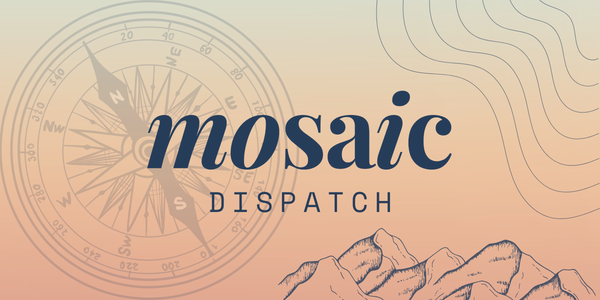3 Places UX Debt Likes to Hide
Quiet costs add up—fix problems early to move faster.
UX debt isn't always obvious, and rarely shows up as a broken button or a page that won’t load. More often, you'll find it in the seams, so to speak–small shortcuts or inconsistencies that seem harmless in the moment but quietly add up over time.
Like financial debt, UX debt compounds. It slows down new work, frustrates users, and eventually demands a bigger fix than if it had been addressed early. Here are three common places where UX debt likes to hide.
1. Ignoring the Grid
A grid system might feel like a constraint, but it’s actually the backbone of scalable design. Skip it or use it inconsistently and you’ll notice the problems multiply fast.
Every new screen requires more custom decisions. Layouts don’t align. Edge cases require hacks. Before long, your product looks stitched together instead of cohesive.
The irony? Grids save time. They remove guesswork and create a shared baseline for designers and developers. Without one, every adjustment becomes harder.
Debt signal: Pages that “almost” line up. Inconsistent margins. Responsive breakpoints that break more often than they flex.
2. Breaking from Components
Design systems exist for a reason. But in the rush to ship, it’s tempting to spin up a new component rather than use the one already defined. Maybe it’s just a button that’s slightly different. Or a card with an extra shadow. It feels quicker in the moment, but the cost shows up later.
Each variation creates new work: new design specs, new code, new testing, new documentation. It also creates cognitive drag for users, who now have to wonder whether two similar elements behave differently.
Debt signal: A gallery of almost-identical modals. Buttons with inconsistent states. A component library that’s more junk drawer than system.
3. Spinning Off Your Own IA
The heaviest UX debt usually isn’t visual—it’s structural. When teams create their own information architecture, the product develops duplicative or conflicting patterns. Content ends up scattered. Navigation branches multiply. Users get lost.
This kind of debt is expensive to unwind. Each new feature gets bolted on instead of integrated, and the system becomes harder to evolve.
Debt signal: Two different places for the same content. Dead-end navigation paths. Categories that don’t make sense outside the team that created them.
UX debt compounds quietly and often becomes a huge strain for product teams. It doesn’t just cost you polish; it costs you speed, scalability, and trust. The best defense: use the grid, stick to the system, and align on architecture.



